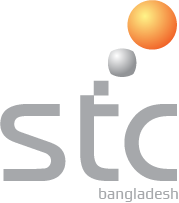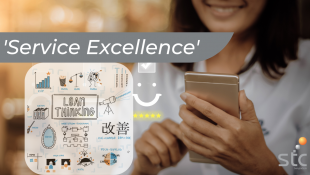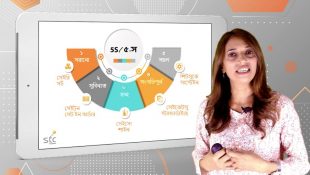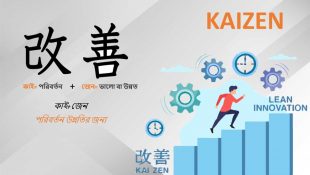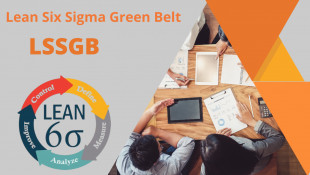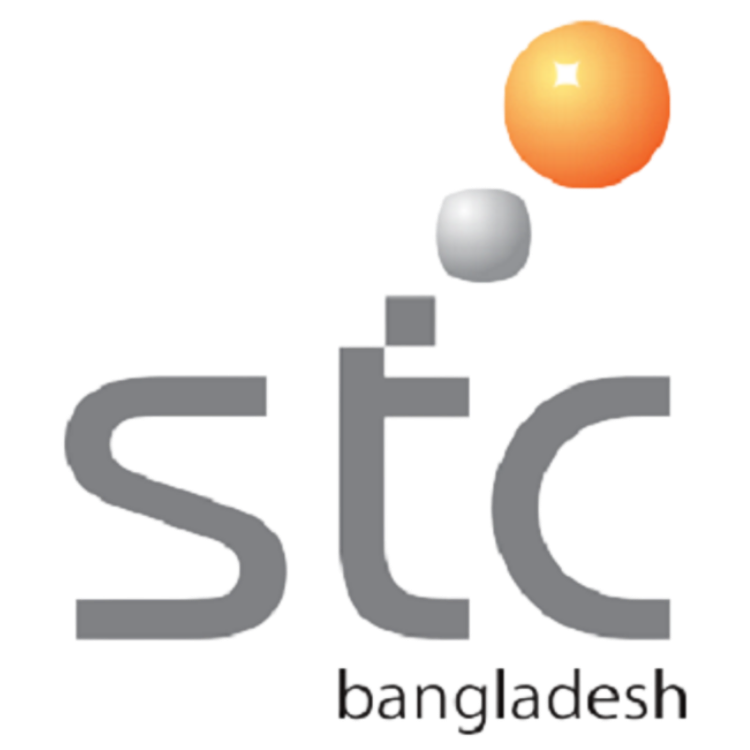(
)
Total Students
53
Course Summery
Total Quality Management (TQM) has been one of the most influential methods used in managing business processes over the last 30 years. It has been incorporated as a vital component, in the management systems of some of the world's most successful enterprises.
Instructor
Shamima Begum, with over $1 billion project delivery experience, is now one of the most regarded project and change management expert in Bangladesh. She has more than 16 years extensive experience in quality, project and strategy management for different industries in Bangladesh. She has started her project management career as part of Warid Telecom launch team member. After that she has managed many projects being a member of PMO. She has started her journey as six sigma practitioner as operational excellence team member in Airtel Bangladesh Limited. She is currently playing the role of Lead Consultant at stc bangladesh, the leading project and quality management institute in Bangladesh.
Duration
10 hours, 16 minutes
Total Lessons
53
Course Duration
4 weeks, 2 days
Course Format
৳14,000.00 excluding vat
